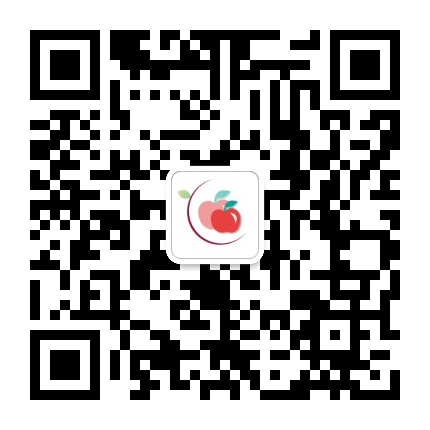iOS Signing: Everything You Need to Know About Apple Signatures
If you’re an iOS app developer or a user of iOS devices, then you probably have heard of iOS signing or Apple signing. But what is it exactly? iOS signing is the process of creating a secure connection between an iOS device and an application. This process ensures that the application being used is legitimate and hasn’t been tampered with. iOS signing is essential for the security of iOS devices and the millions of people who use these devices every day.
What is an iOS Signature?
An iOS signature is a digital signature created by Apple that verifies the authenticity of an application. This signature ensures that the application is trustworthy and has not been modified or tampered with. An iOS signature is created by bundling the application with a unique signature generated by Apple. This signature includes a public key that allows the device to verify the application’s identity.
Why is iOS Signing Important?
iOS signing is important for several reasons. First, it ensures that the applications being used on iOS devices are legitimate and have not been tampered with. This protects both the user and the device from security threats. Second, it ensures that only authorized applications can run on iOS devices, which helps prevent malicious code from running on these devices. Third, iOS signing is required by Apple as part of the App Store submission process. Without a valid iOS signature, an application cannot be submitted to the App Store for review and distribution.
Types of iOS Signatures
There are two types of iOS signatures: developer signatures and enterprise signatures. Developer signatures are used by individual developers who want to test their applications on iOS devices. These signatures are typically valid for a limited time and can only be installed on a limited number of devices. Enterprise signatures, on the other hand, are used by businesses to distribute applications to their employees. These signatures allow for the distribution of applications outside of the App Store and can be installed on an unlimited number of devices.

iOS Signing Process
The iOS signing process begins with the creation of an application by a developer. The developer then submits the application to Apple for review and approval. If the application is approved, Apple generates a unique signature for the application. This signature is included in the application package and is used to verify the application’s identity when it is installed on an iOS device.
When an iOS device attempts to install an application, the device first verifies the signature using the public key included in the signature. If the signature is valid, the device allows the application to be installed. If the signature is not valid, the device blocks the installation of the application.
Conclusion
In conclusion, iOS signing is an essential process for the security of iOS devices and the millions of people who use these devices every day. It ensures that applications running on iOS devices are legitimate and have not been tampered with. There are two types of iOS signatures: developer signatures and enterprise signatures. The iOS signing process begins with the submission of an application to Apple for review and approval. If the application is approved, Apple generates a unique signature that is included in the application package. When an iOS device attempts to install an application, the device verifies the signature using the public key included in the signature. If the signature is valid, the application is allowed to be installed. iOS signing is a crucial aspect of iOS app development and distribution, and developers and businesses must understand the process to ensure the security of their applications and their users.



